Baroque Art Unit 2 Study Guide
1/13
There's no tags or description
Looks like no tags are added yet.
Name | Mastery | Learn | Test | Matching | Spaced |
|---|
No study sessions yet.
14 Terms

How would you define Rubens’ style? How was it formed in part by his years in Italy?
-Baroque (obviously)
-Dynamic (diagonal line of action)
-
-Michaelangelo, Raphael and Caravaggio
Elevation of the Cross Triptych
Rubens
1610

How did Rubens’s studio in Antwerp function? What types of work was he producing? Give a couple reasons that he could produce so many images so quickly.
-Large studio
-Collaborative works
-Preliminary sketches
-Produced altarpieces, portraits, prints and reproductions
Prometheus Bound
Rubens & Snyders
1618
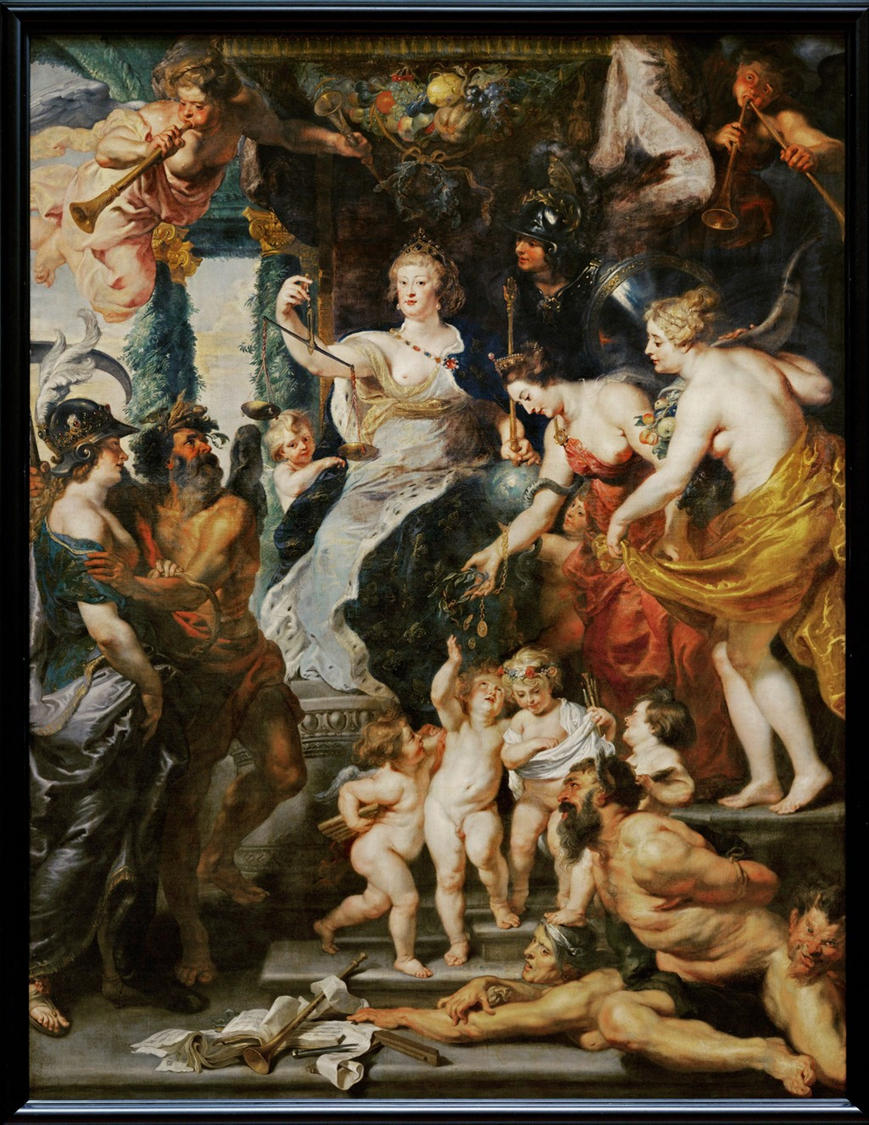
Why was Rubens’s cycle of works for Marie de’ Medici such a politically complicated commission? Which painting was rejected, and why? What was Rubens’s solution?
-Political dissidents
-Exile
-
-Reconciliation with her son Rejected due to political implications
-
-Ruben simply waited or the political landscape to change
Rubens
The Felicity of the Regency of Marie de’ Medici
1625
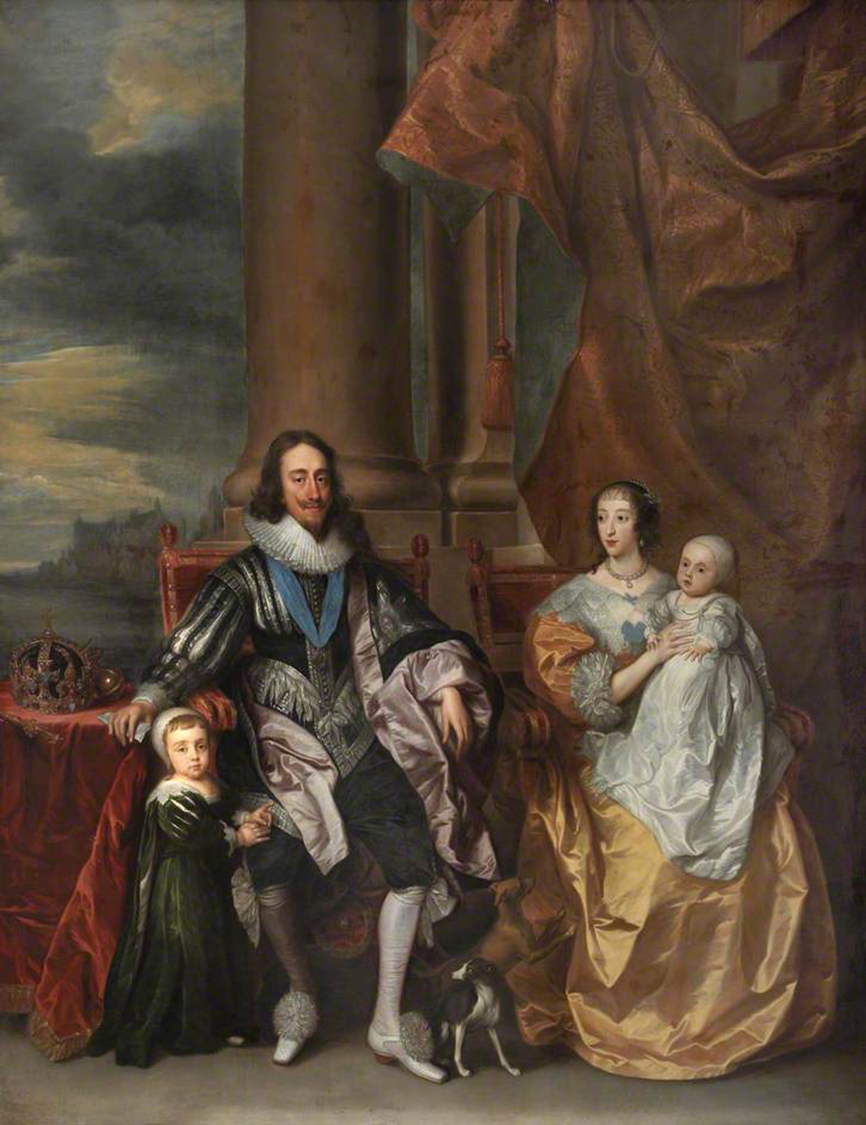
Van Dyck was the official court painter to which monarch? How did he depict this monarch and why? How did Van Dyck’s royal imagery increase his own status, too?
-Charles I
-Merciful, powerful, relaxed
-By association
Van Dyck
The ‘Greate Peece’
1632
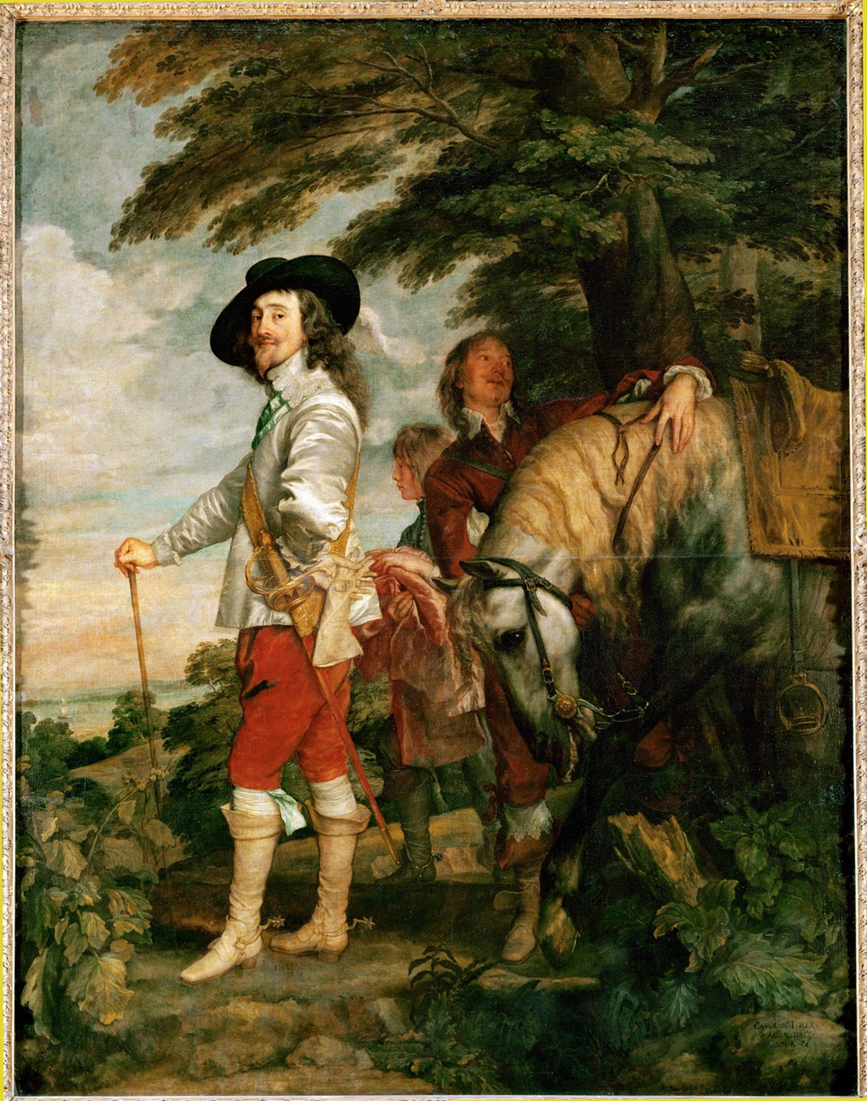
What happened to King Charles I, and why?
-Executed
-Parliament disagreement over divine right of kings
Van Dyck
Charles I at the Hunt
1635

What type of works was Velázquez known for during his period in Seville?
-Religious paintings
-Bodegones (everday life scenes)
Velázquez
Water Seller of Seville
1623

For which monarch did Velázquez work? What types of images did he execute at court (give a few examples). How did Velázquez portray Philip IV in particular? Why? Are there specific precedents he is referencing?
-Phillip IV
-Royal portraits
-Dignified
-Titian portraits
Velázquez
Philip IV in Black
1625
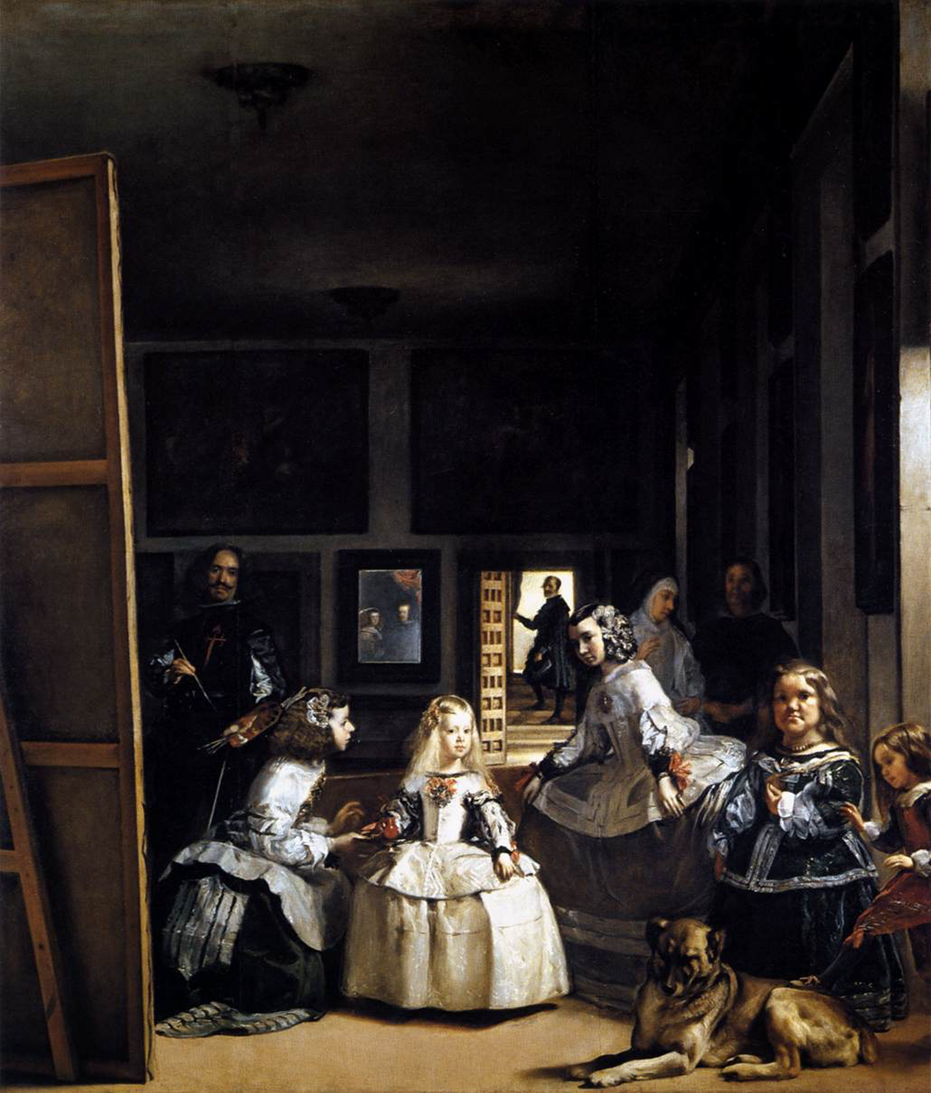
How does Las Meninas show Velázquez’s ambitions as a painter? What is the subject matter(s) of this painting? What sign is upon his chest?
-He’s in the scene
-The ladies in waiting (Las meninas)
-Order of Santiago (cross added by Phillip IV)
Velázquez
Las Meninas
1656
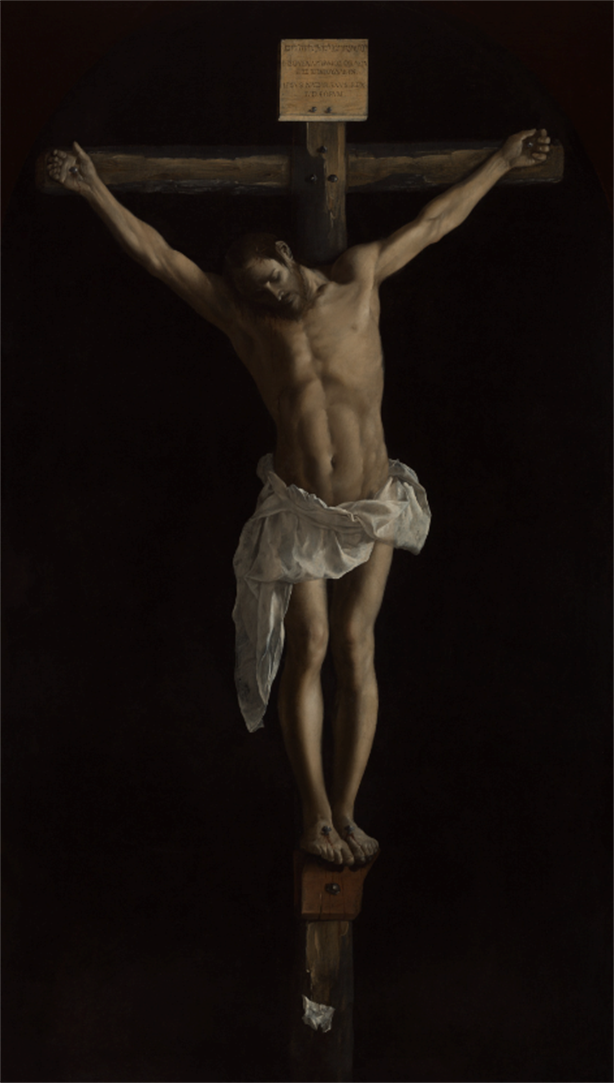
What are a couple of reasons that Spanish polychrome sculpture has traditionally been underrepresented in the canon?
-Pure marble was more appreciated
-Associated with counter-reformation
-Issue of preservation
Zurbarán
Crucifixion,
1627

How did guild laws and artistic techniques complicate the authorship of Spanish polychrome sculpture?
-Collaborative art was frowned upon
-Sculptors and painters were separated
Montañés
The Christ of Clemency
1603

How does Juan de Pareja show a particular social, class-based, and racial sort of artistic ambition in his work?
-Pareja was enslaved
-Mixed race excluded
-Sought to become a recognized painter
Juan de Pareja
Calling of St. Matthew
1661
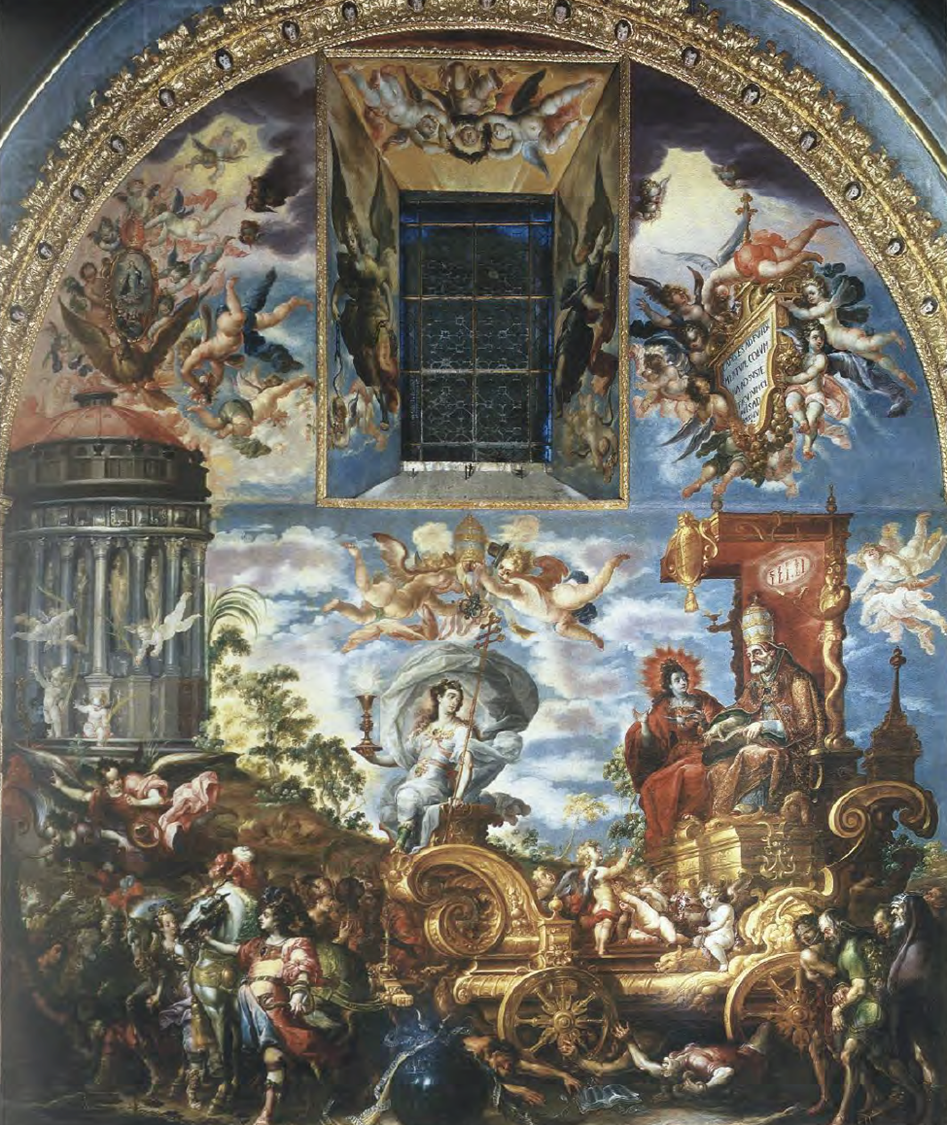
How were the ambitions of popular painters in the Viceroyalty of New Spain particular to their legal situation? How did artists like Villalpando stake their artistic legacy in relation to the printed copy? How was his Triumph, for example, so complicated in relation to European models?
-Painting was considered a trade and thus there were limits for immigrants
-Artists would combine pieces together and iterate on them
-- European models exercised more restraint in their medium
Villalpando
Triumph of the Church
1686

Who was Charles Le Brun and what type of influence did he have at the Royal Academy? How can we describe his particular form of ‘academic’ painting in the service of Louis XIV?
- Founding member
- Grand compositions
Charles Le Brun
The Tent of Darius
1660
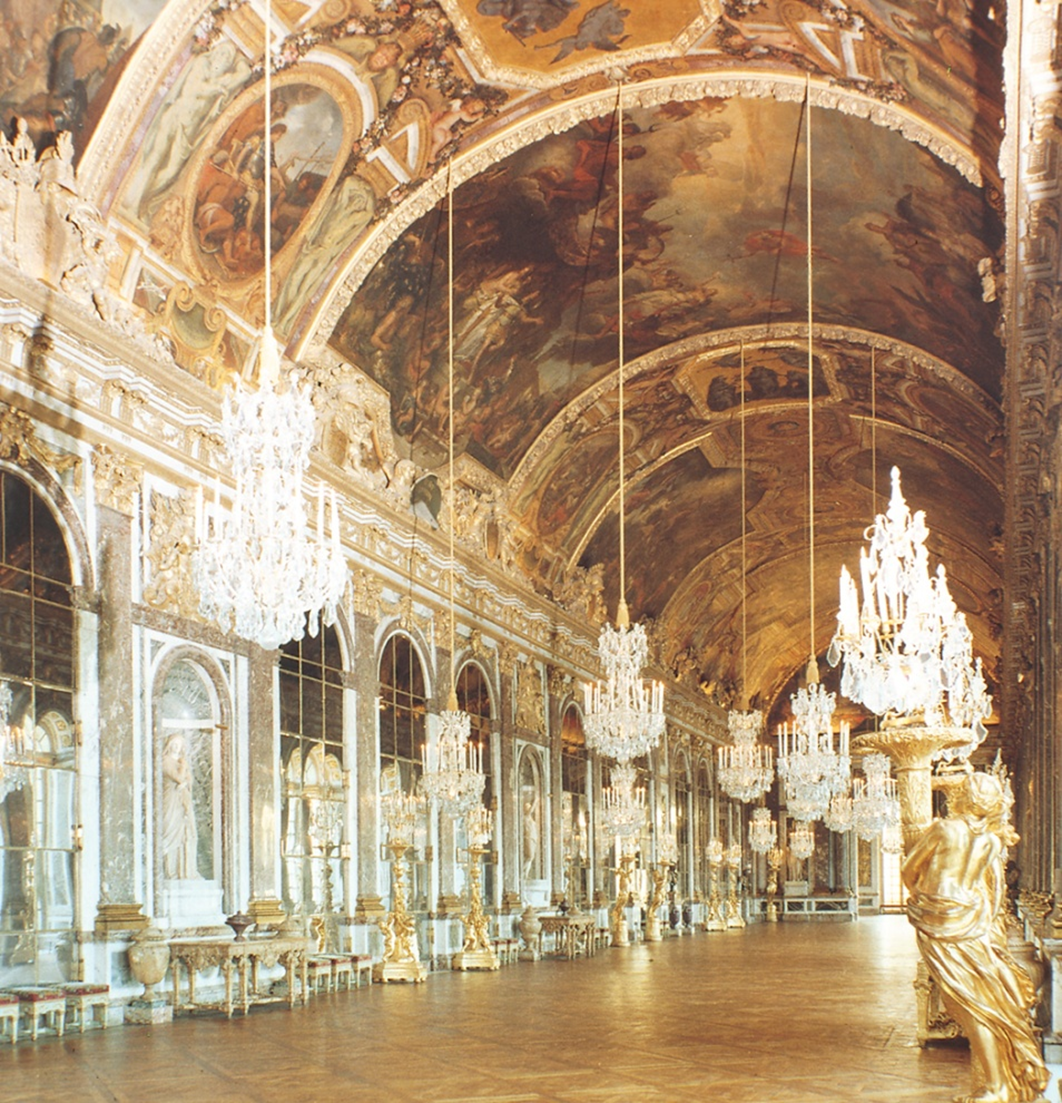
What type of decorative programs did Le Brun do for the monarchy?
- Ceiling cycles, tapestries, altarpieces, banners, and arches
Charles Le Brun
Hall of Mirrors (Versailles)
1687